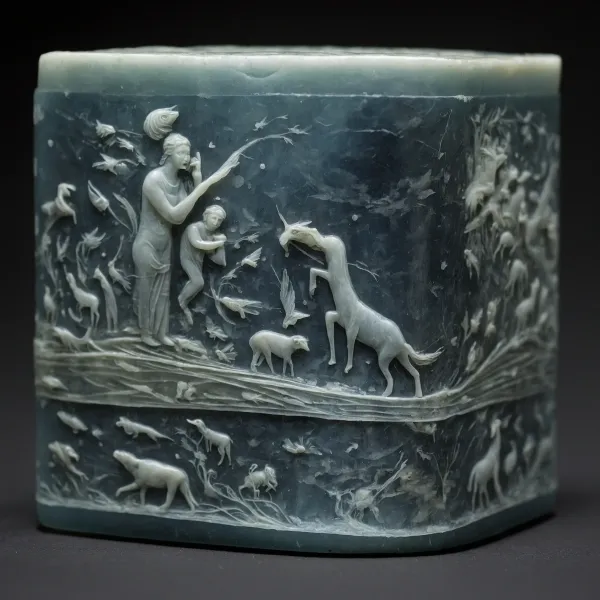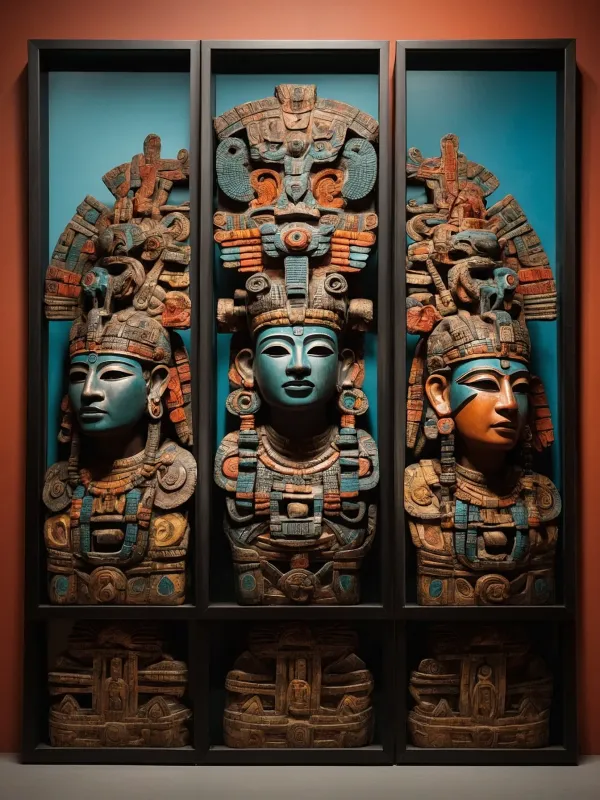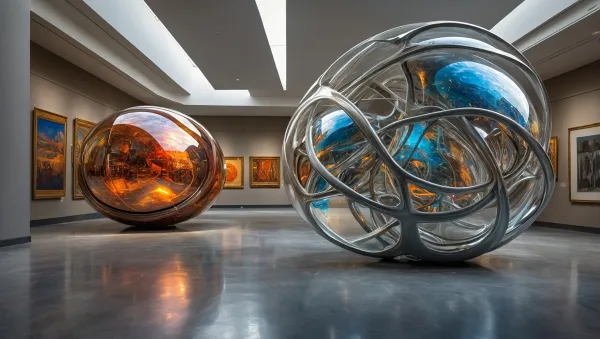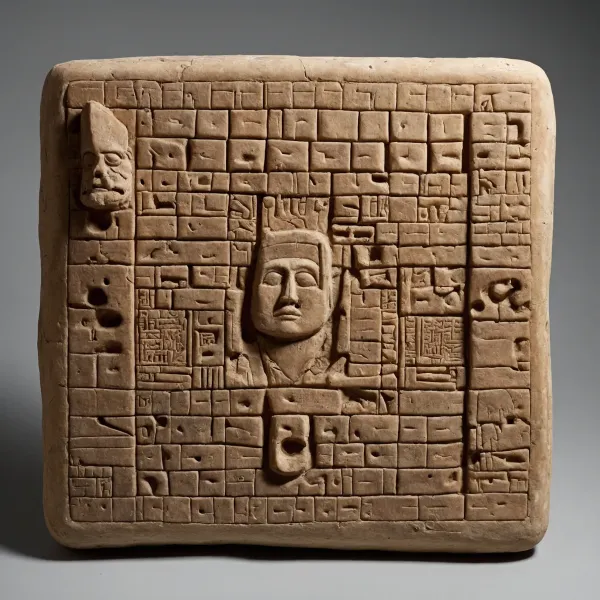Awakening of the Silent Realm

“Path of Reverie,” a digital manipulation on canvas tentatively dated to 1983, encapsulates the art world’s enduring fascination with mystery. Discovered in the attic of an abandoned manor, this piece defies its era’s norms, inviting viewers into a realm where time bends and memories vibrate vividly against surreal landscapes.
At first glance, “Path of Reverie” immerses the viewer in eerie tranquility. Neon clouds ripple through a twilight sky, with gradients ranging from deep blues to searing magentas. Parallel rows of fantastical structures rise like mausoleums along an endless path, mixing rigid geometry with ethereal light. As viewers traverse the crimson haze and wooden tracks, each step echoes through the folds of time.
Legend surrounds this artwork, a tale whispered among curators and scholars: the haunting journey of Leontius Talbot III, heir to his family’s spectral legacy. Talbot inherited not just wealth but an ancient artifact—an obsidian hourglass with violet sands claimed to control memories. Curiosity drove him through musty corridors of his ancestral estate until he arrived in his father’s study, a room sealed since the man’s sudden disappearance. Here lay “Path of Reverie.”
Bound by inevitability, Talbot upturned the hourglass upon the artwork. Time screeched and then stilled as surreal clouds began swirling within the painting, welcoming him.
“This journey into art was my confrontation with oblivion.” - Eleanor Ferguson-Vertigoe, historian
Within “Path of Reverie,” Talbot experienced lifetimes in moments—a timeless expanse populated by faceless apparitions yearning for remembrance while fearing reawakening. He saw cities rise under vermilion skies only to crumble under obsidian rain.
Amidst the surreal waves and cosmic storms, clarity emerged: the yearning for eternity instilled deeper unease than temporal existence. Talbot’s journey revealed that true liberation required breaking free from the cyclical repetition of time. With a decisive act, he shattered the hourglass, letting its violet sands dissolve into a cosmic wind, thus finding a new beginning beneath celestial vaults.
Today, audiences stand before “Path of Reverie” profoundly affected. It is more than a piece of canvas—it reverberates with timeless echoes and cautionary wisdom. The artwork invites viewers to navigate the intricate labyrinth of memory and time, ultimately embracing transcendence and embarking on new quests beyond unseen horizons.
In viewing “Path of Reverie,” one undertakes a transformative journey, a narrative of struggle and discovery that honors the unearthed, transcendent truths.




